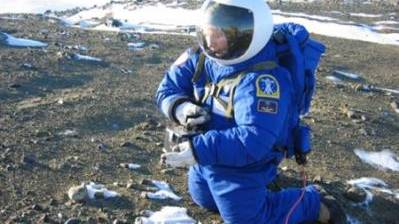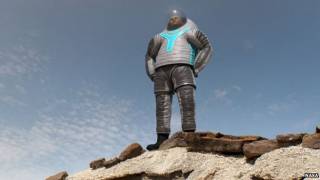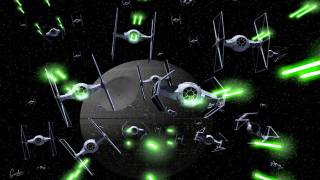NASA tests Mars space suit in Argentine Antarctica
Source: reuters.com
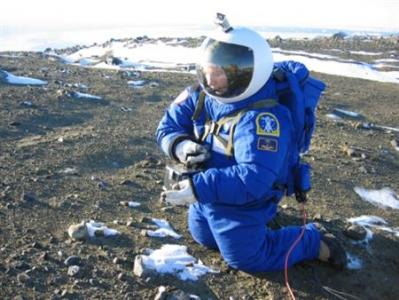 A NASA team has tested a space suit in a setting with extreme conditions akin to some of those found on Mars -- an Argentine base in Antarctica -- for possible use on a visit to the Red Planet.
A NASA team has tested a space suit in a setting with extreme conditions akin to some of those found on Mars -- an Argentine base in Antarctica -- for possible use on a visit to the Red Planet.The NDX-1 space suit, designed by Argentine aerospace engineer Pablo de Leon, endured frigid temperatures and winds of more than 47 mph as researchers tried out techniques for collecting soil samples on Mars.
"This was the first time we took the suit to such an extreme, isolated environment so that if something went wrong we couldn’t just go to the store" and buy a repair kit, De Leon told Reuters recently after returning from the one week expedition.
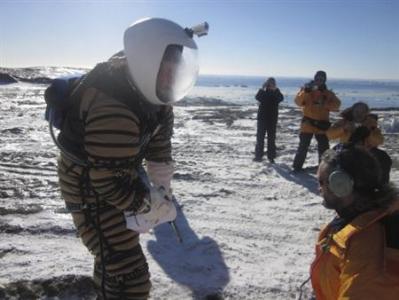
Argentine aerospace engineer Pablo de Leon (L), a NASA team member, tests a space suit designed for possible use in Mars at Argentina’s Marambio base in Antarctica in this handout photo dated March 13, 2011.
REUTERS/Nasa/Handout
The $100,000 prototype suit, created with NASA funds, is made out of more than 350 materials, including tough honeycomb Kevlar and carbon fibers to reduce its weight without losing resistance.
During the "Mars in Marambio" mission, named after the Argentine air force base, a team of NASA scientists went on simulated spacewalks, operated drills and collected samples while wearing the gear.
De Leon himself wore the pressurized suit, which he said was bound to make anyone feel claustrophobic with its helmet and built-in headset for communicating with the outside world.
The researchers chose Marambio because compared with other Antarctic bases, they had easier access to permafrost, or soil that stays frozen most of the year.
De Leon, who heads the space suit laboratory at the University of North Dakota in the United States, said Antarctica was ideal for sample collection as it is one of the least contaminated places on earth and will also give clues about the suit’s impact.
"Mars is a mixture of many different environments: deserts, and temperatures and winds like in Antarctica," De Leon said. "So we try to take bits of different places and try to see if our systems can withstand the rigors of Mars if we go there."
President Barack Obama said last year that by the mid-2030s it would be possible to send astronauts to orbit Mars and return them safely to earth. A landing on Mars would follow, he said.
But a manned mission to the most earth-like planet in the solar system may be even more distant, given NASA’s tightening budget.
The U.S. National Research Council this month recommended that robotic missions to Mars and Jupiter’s icy moon Europa should top the agency’s to-do list for an upcoming decade of planetary exploration.
De Leon, however, remains hopeful that his space suit or even a part of it will be worn by astronauts when they take their first steps on Mars.
"Even if just one bolt of our space suit or one tiny bit of our design makes it to Mars, I’ll be more than happy," he said.
Article from: reuters.com
Sudburys proud history of helping NASA prepare for its lunar missions is continuing this week as officials from NASA and the Canadian Space Agency are to field testing unmanned Moon mining vehicles with the Northern Centre for Advanced Technology (NORCAT).
NASA reps visit Sudbury to test Moon mining robots with NORCAT
Video from: YouTube.com
Also tune into:
Richard Dolan - The Secret Space Program & Breakaway Civilization
Richard C. Hoagland - The Secret Space Program & The Fukushima Nuclear Reactor Disaster
Paul A. LaViolette - Electrogravitics, Advanced Space Travel, Pulsars & Breakaway Civilization
Peter Levenda - Secret Space Program & NASA’s Nazis
Timothy Good - Secret Space Program, UFOs, ET & Coverup
Aaron Kaplan - Operation Highjump, The Secret Diary of Admiral Byrd & The Nephilim Agenda
